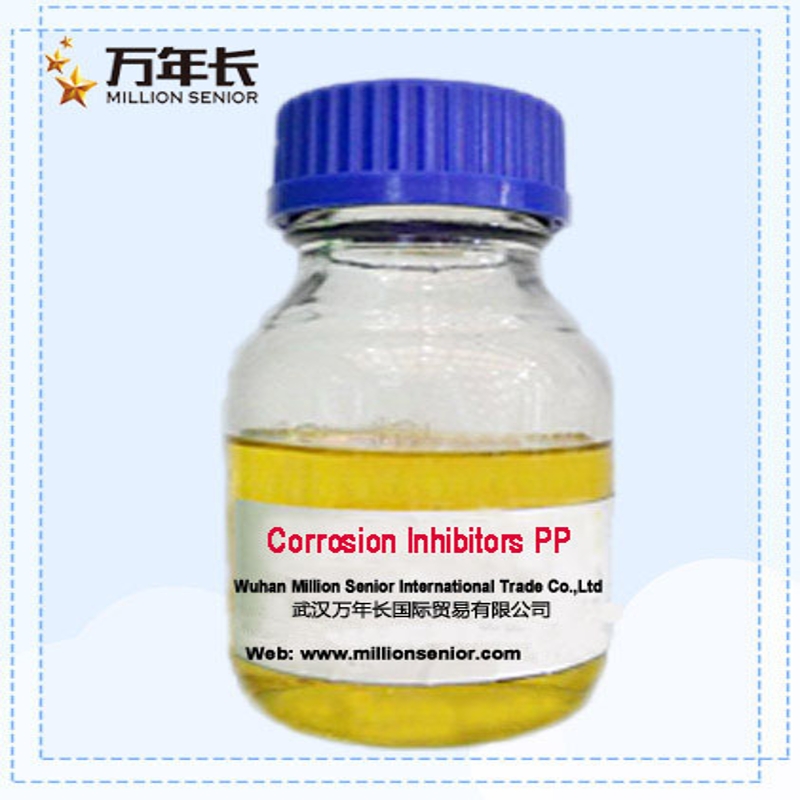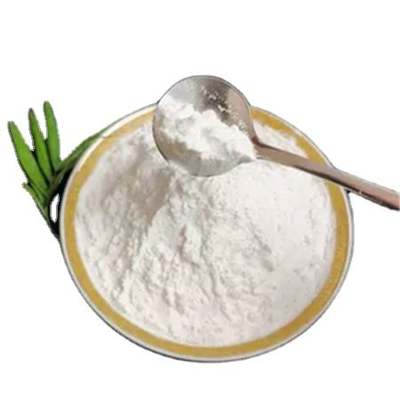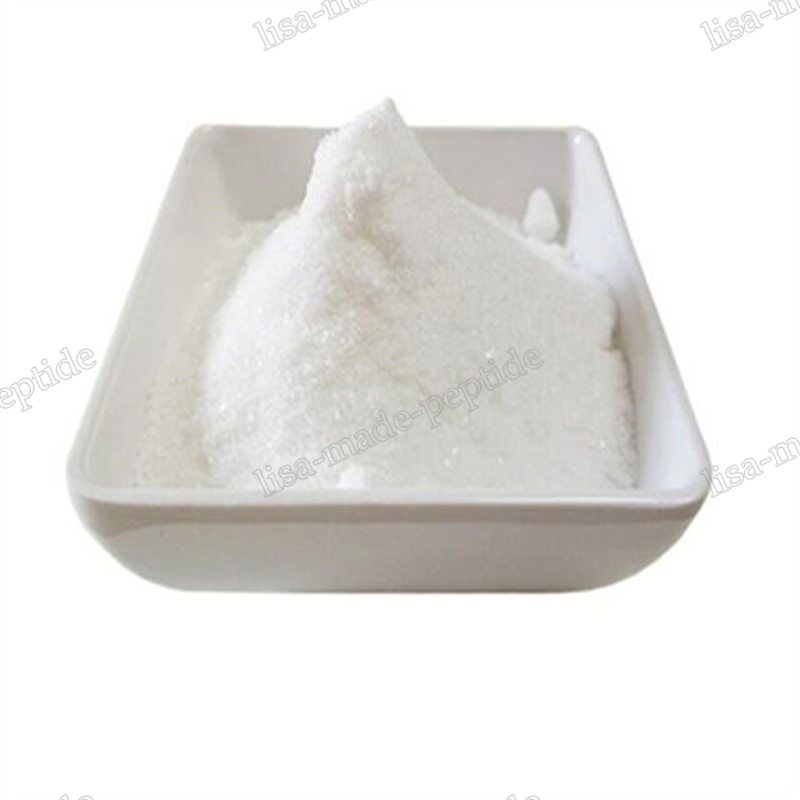-
Categories
-
Pharmaceutical Intermediates
-
Active Pharmaceutical Ingredients
-
Food Additives
- Industrial Coatings
- Agrochemicals
- Dyes and Pigments
- Surfactant
- Flavors and Fragrances
- Chemical Reagents
- Catalyst and Auxiliary
- Natural Products
- Inorganic Chemistry
-
Organic Chemistry
-
Biochemical Engineering
- Analytical Chemistry
-
Cosmetic Ingredient
- Water Treatment Chemical
-
Pharmaceutical Intermediates
Promotion
ECHEMI Mall
Wholesale
Weekly Price
Exhibition
News
-
Trade Service
On July 5, Sinopec announced that it would start the construction of China's first megaton CCUS project-Qilu Petrochemical-Shengli Oilfield CCUS project
.
The project covers three links of carbon capture, utilization and storage.
CCUS is one of the key technologies to reduce carbon dioxide emissions
.
Carbon capture, utilization and storage is referred to as "CCUS"
The megaton CCUS project launched by Sinopec this time consists of two parts: Qilu Petrochemical's carbon dioxide capture and Shengli Oilfield's carbon dioxide flooding and storage
.
Qilu Petrochemical captures and provides carbon dioxide to be transported to Shengli Oilfield for oil displacement and storage, realizing the integrated application of carbon dioxide capture, displacement and storage, sealing carbon dioxide underground and driving oil out
As an indispensable technological path for carbon neutrality, CCUS has huge potential for emission reduction and broad prospects for industrial use
.
According to the Qilu Petrochemical-Shengli Oilfield million-ton CCUS calculation, it can reduce carbon dioxide emissions by 1 million tons per year, which is equivalent to planting nearly 9 million trees and stopping nearly 600,000 economic cars for one year
Sinopec Chairman and Party Secretary Zhang Yuzhuo said that the start of the Qilu Petrochemical-Shengli Oilfield Million Ton Project is to give full play to the advantages of Sinopec’s upstream and downstream integration, coordinate carbon dioxide emissions reduction and utilization, and inject carbon dioxide captured by refining and chemical companies into the oilfield formation.
, To extract the hard-to-use crude oil and realize "turning waste into treasure"







